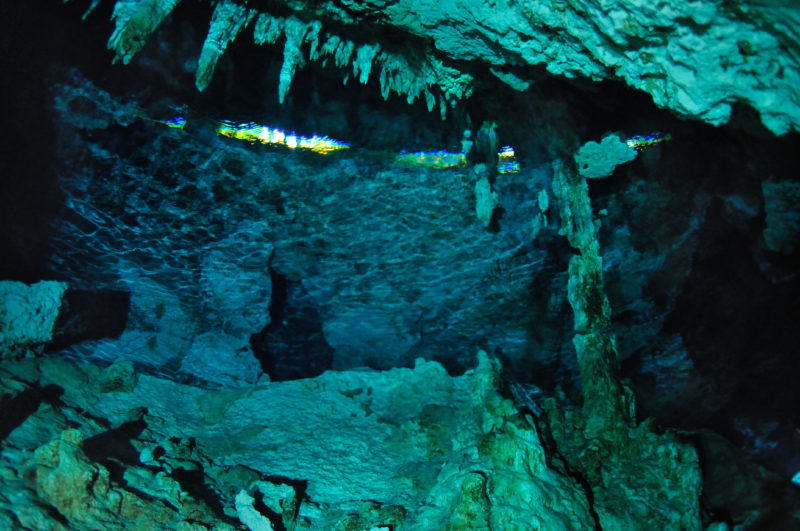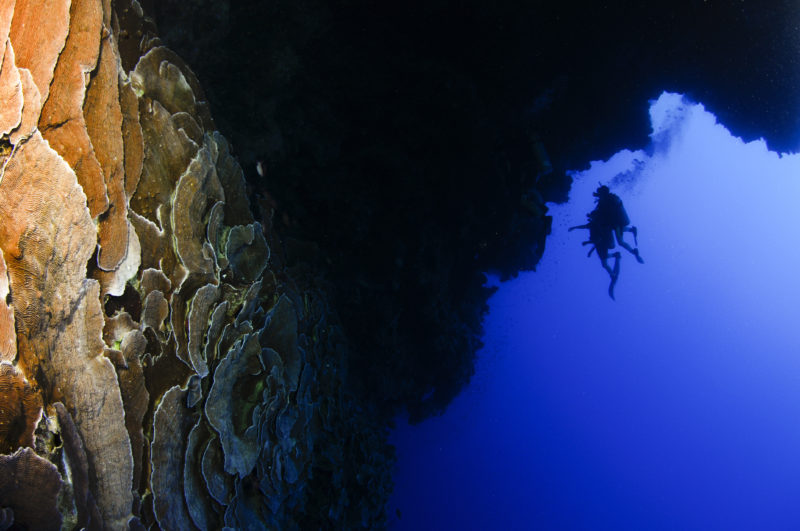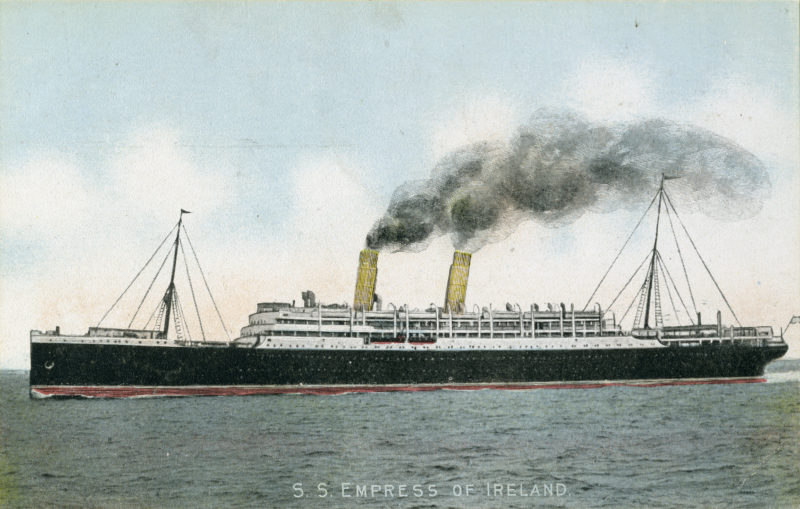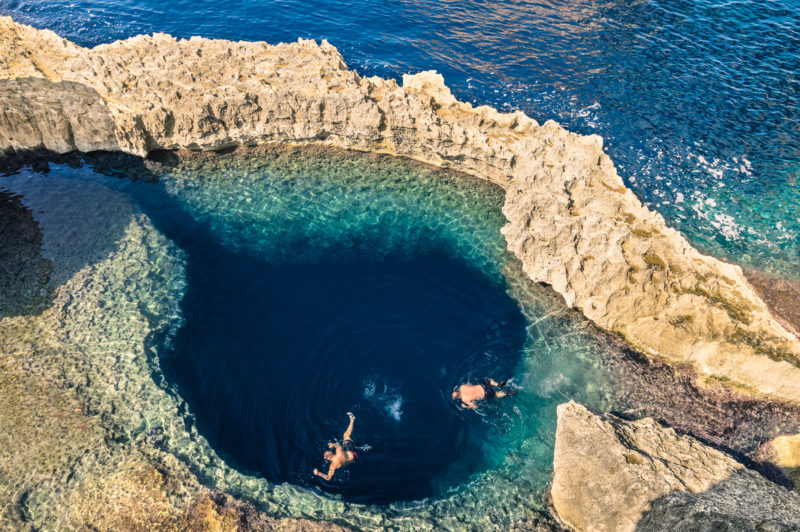Most tech divers have heard of the Andrea Doria or the Britannic. These world-famous dives require a high level of technical diving experience and are beyond the reach of even many tech divers. Here we’ll look at five off-the-radar tech dives. In different regions and environments, these are largely accessible to even recently qualified tech divers.
Pumpkin Hill Bank: Utila, Bay Islands, Honduras
This site is different from most tech dives in the Caribbean in that it’s an offshore seamount rather than a wreck or a wall. It’s also one of Utila’s most biodiverse and densely populated sites for marine life. While visibility can be 60 to 100 feet (18 to 30 m) and water temperatures 82 to 88 F (24 to 28 C), this site does have challenging currents. Downcurrents can form on the sides of the seamount. Because of this, it’s best to dive around slack high/low tides.
The site is like a hill, with slopes of a gradient 45 to 60 degrees. The top of the seamount is approximately 100 by 100 feet (30 by 30 m) and the sides drop to depths of 400 feet (120 m). Large vase sponges and barrel corals sit on top of the mount at 120 feet (36 m) and, on decompression stops, rays, marlin, reef sharks and other pelagics often come in for a curious look.
The Arch at Blue Hole: Dahab, Egypt
Most recreational divers who visit Dahab will dive the Blue Hole and know of its notorious reputation for claiming divers’ lives. But for trained, well-prepared tech divers, the Blue Hole shines thanks to the famous archway, which connects the blue hole to the open ocean at a depth of around 165 to 185 feet (50 to 55 m). The passageway leads out of the hole and onto the reef walls, which plummet to extreme depths. The site is excellent for technical-diver training since it’s shore-based with minimal currents. Visibility can be up to 130 feet (40 m).
Empress of Ireland: Rimouski, Quebec, Canada
The Empress of Ireland sank in 1914 with the loss of 1,012 lives, and it’s well-known as “Canada’s Titanic.” Despite its fame, the wreck is unknown to most newly qualified tech divers, attracting few of them due to the short window of opportunity in the Canadian dive season. Those planning to dive the Empress should plan accordingly and meticulously, as the currents can be very strong on this wreck. Visibility can be low as well, depending on tides and rainfall. In addition to the currents and low vis, the frigid waters of the St. Lawrence River mean divers must have cold-water experience as well. July to September offers the best conditions for diving the wreck.
Much of the Empress lays at 130 feet (40 m), but its sheer size — 570 feet (175 m) long — and many opportunities for artifact spotting and penetration, mean decompression and a local tech guide are necessary to get the most from this dive. This wreck is a designated archeological site and protected under Canadas Cultural Heritage Act, so look but don’t touch.

The Pit: Yucatan, Mexico
This site requires cave certification as well as trimix training due to the depths of the pit and the added hazard of an overhead environment and navigation. The Pit is part of the Dos Ojos cave system, on record as the world’s third-longest underwater cave. The site is located in the jungle of the Yucatan Peninsula. A diver must have a good level of stamina and fitness as access to the water, as doing so requires a 1,000-foot (300 m) hike over a rough path. The fresh water is crystal-clear, with sunlight beams penetrating down to the depths. At 90 feet (27 m) in open water there are fallen trees, suitable for a primary tie off. Divers can make a secondary tie-off close by and approach the mainline at a depth of 160 feet (48 m) after a 165-foot (50 m) swim from the initial tie-off.
At around 200 feet (60 m) there is a light sulpuric layer in the water. The bottom is below at around 400 feet (120 m). More advanced trimix-cave divers have explored passageways at this depth, but most stick to the interesting shallower geological formations. On decompression, slowly ascending divers should stop to admire the enchanting nature of the sunlight and stalactites in the Pit.
Blue Hole and The Azure Window (now collapsed into the sea): Malta
Divers consider this one of Europe’s top 10 sites, located by the former Azure Window in Gozo, Malta. The Window unfortunately succumed to a strong storm and fell into the sea in March 2017. The Blue Hole reaches a maximum depth of 200 feet (60 m). In addition to interesting geology and stunning light piercing the hole, an abundance of fish life inhabits the shallows. Divers can also navigate over to the collapsed remains of the Azure Window on decompression. Disclaimer: The Maltese government has issued warnings about the area’s stability and advises divers to use extreme caution until further surveys are conducted.




